All about biohumus
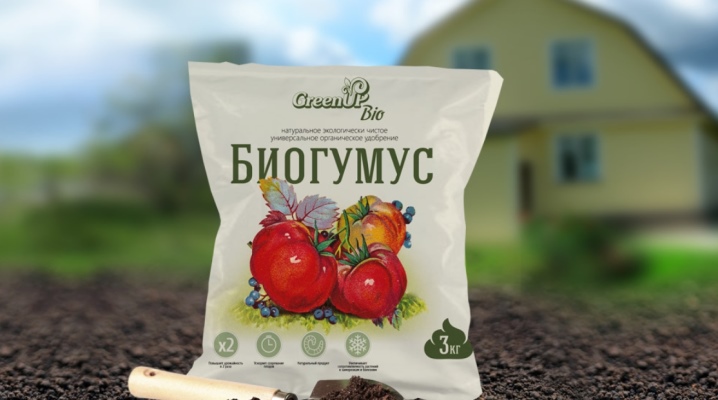
People who grow a vegetable garden and have their own garden with fruit trees are well aware that the plants need to be introduced with organic fertilizers. The soil, in its own way, is tired of the constant filling of chemicals that destroy pests. Each new planting gradually sucks out the remnants of useful microelements from the ground, and vermicompost will help fill the missing nutrients.

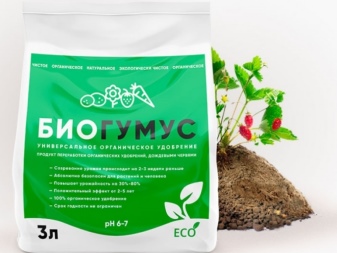
What is it and why is it needed?
Vermicompost is a safe organic fertilizer, which consists of many useful elements that can improve and enrich the structure of the soil, which positively affects the growth and productivity of fruit plantings. Its other name is vermicompost, although this word is most often used by farmers in a professional environment.
Scientists from different parts of the world unanimously claim that vermicompost is the most useful fertilizer for plants. It is a natural organic matter created by worms, fungi and bacteria. The list of organic substances of vermicompost contains chicken droppings, waste from cattle, straw, fallen leaves and grass. To understand what is the peculiarity of vermicompost, you need to get acquainted with its main advantages.
- The presented fertilizer is superior to any organic fertilizing. Due to the high activity, the growth rate of plants, the development of young plantings and productivity are significantly increased.
- The nutrient complex of the fertilizer is not washed out by rain and groundwater, but remains in the ground.
- The components present in the composition of biohumus are presented in an accessible form, which is easily assimilated by plants.
- Vermicompost in a short period of time creates favorable conditions for soil and plantings.
- This fertilizer helps to strengthen the immunity of plantings, reduces the risk of stress, and has a positive effect on seed germination.
Some scientists argue that the components present in vermicompost protect plants from the negative effects of heavy metals.
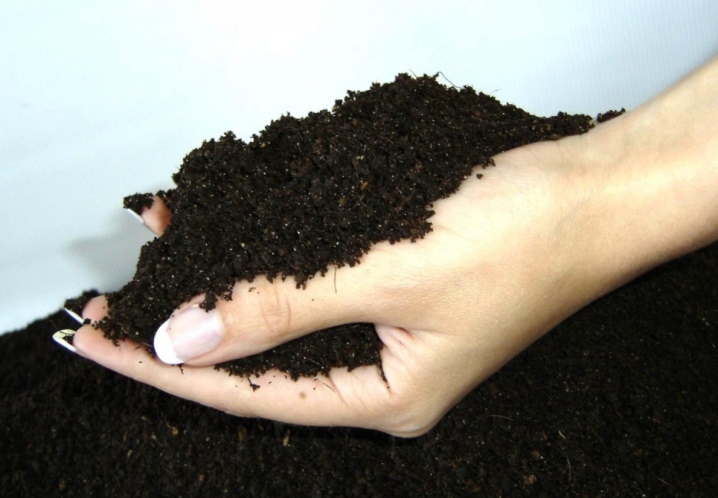
Composition of elements
The composition of vermicompost contains potassium, magnesium, phosphorus and nitrogen. But these elements are the basis for other types of dressings. But in vermicompost they are presented in the form of more active soluble forms. Nitrogen and phosphorus account for up to 2%, potassium is 1.2%, the amount of magnesium reaches 0.5%. The maximum percentage of calcium reaches 3%.
The vermicompost intended for seedlings contains fulvic and humic acids. They are the ones who process solar energy, converting it into chemical energy.
The life of seedlings is impossible without fulvic acids. Moreover, these substances are also antibiotics that block the attack of harmful bacteria, due to which the plants practically do not get sick and their yield increases.
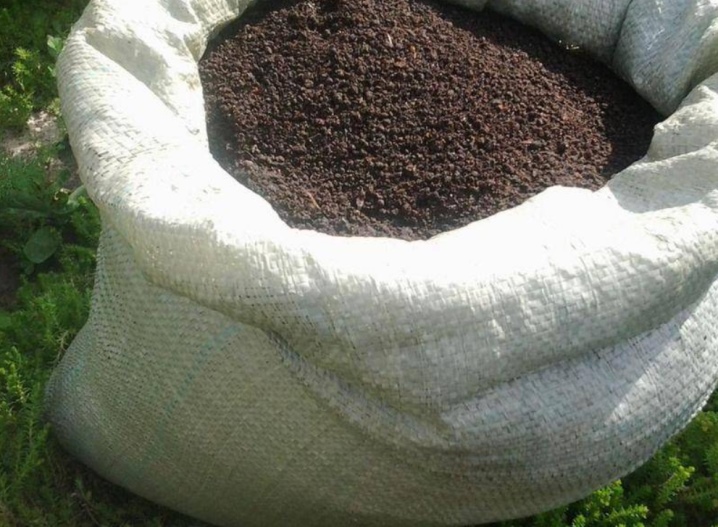
By the way, fruits grown in humus fields are considered the most beneficial for human health. Fulvic acids, which remain in vegetables and fruits, block the appearance of tumors, remove toxins and fight viruses.
Humic acids, in turn, are a root stimulant for garden and garden plantings, especially if they are introduced in liquid form. Once deep in the soil, the fertilizer feeds the plants not only with nutrients, but also with moisture during drought periods.
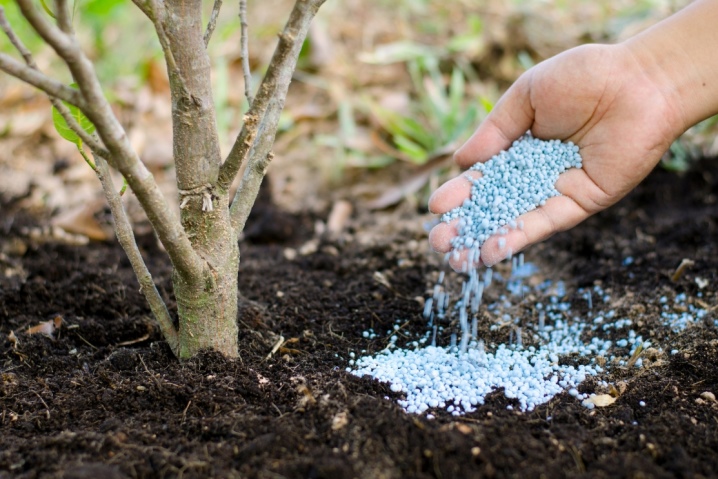
In general, humic acid is a large number of molecules, which is why the substance is considered complex. It contains polysaccharides, amino acids, peptides, and hormones.
As for the production of vermicompost, this process is very similar to the method of producing compost, the only difference is in nutrients. At the same time, the amount of humus in the finished compost is 7-8 times less. Worms help to obtain the most accurate proportions of vermicompost, which is why the fertilizer is called compost. What is most interesting, even after drying, it does not lose its beneficial properties.
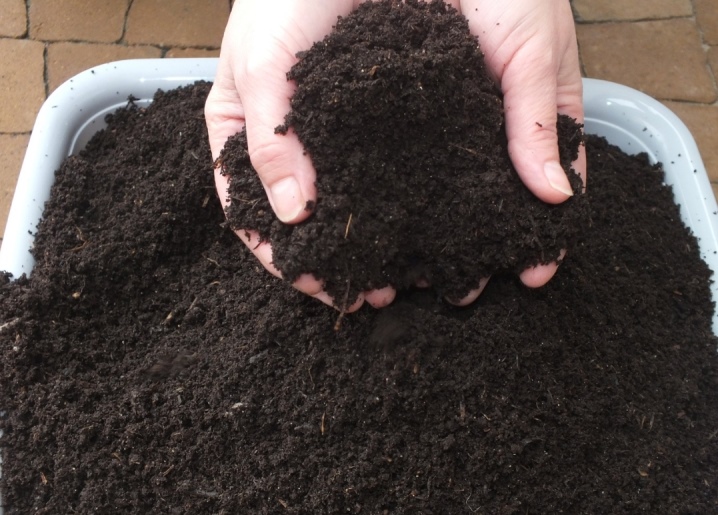
What happens?
Universal fertilizer vermicompost, which can be purchased at any gardening store, has different forms. It can be a liquid of dark color, a paste of medium consistency, as well as dry granules. The latter are sold by weight in sealed bags. But the most remarkable thing is that, despite the form of release, the fertilizer does not lose its qualities and useful properties. The only difference: granulated vermicompost must be poured or dug into the soil, and the diluted infusion is poured into the soil.
In turn, liquid vermicompost reaches the root system of plants much faster than granular. But when the granules hit the soil, they instantly begin to affect the entire area.
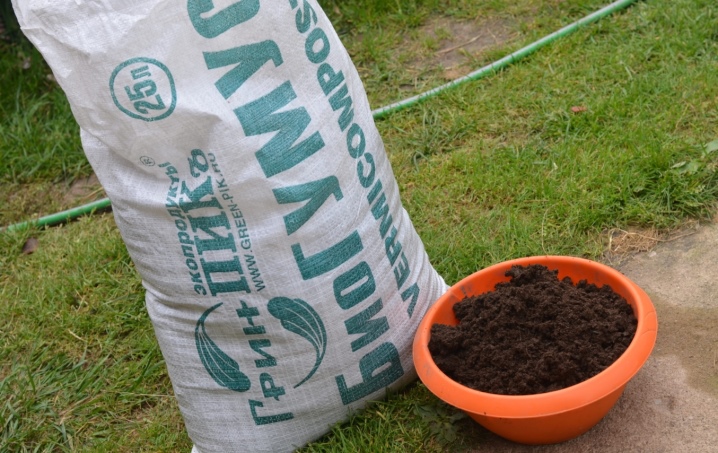
Liquid
Liquid vermicompost is diluted with plain water according to the recommendations presented on the packaging from the manufacturer. It is noteworthy that the consumption of fertilizer is more economical than the use of any other nutritional supplements.
So, for root feeding, it is necessary to dilute 50 ml of fertilizer per 10 liters of water. After the introduction of the solution into the soil, the vermicompost substances begin their active action. They begin to strengthen the plant's immunity, restore the condition of the soil, increase the resistance of plantings to pathogenic bacteria, increase the growth rate of plantings, and increase yields. But most importantly, they improve the taste of the fruit.
Liquid vermicompost can be used both for garden plantings and for indoor ornamental plants.
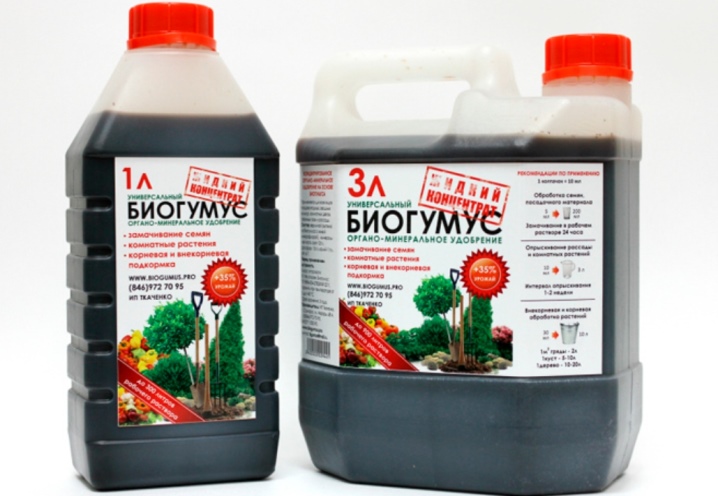
Dry
Vermicompost, presented in dry form, is somewhat reminiscent of soil. It contains a balanced complex of easily digestible nutrients. This fertilizer is poured into the soil, after which it immediately begins to fill the ground with useful elements that have a positive effect on the growing plantings.
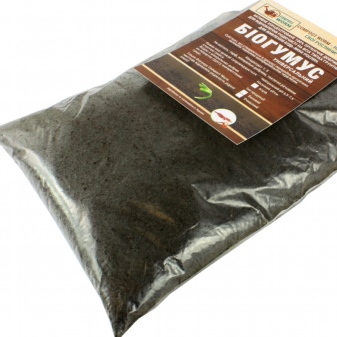
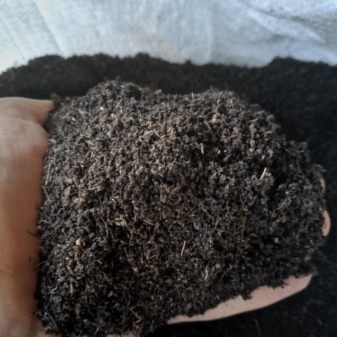
What is the difference from humus and humate?
It is customary for gardeners and truck farmers to use humus and humate, since many believe that the presented fertilizers are more effective. However, this opinion is erroneous. And as a confirmation, it is proposed to first of all consider the differences between vermicompost and humus.
- Biohumus Is a universal organic fertilizer, which is a waste of cattle processed by worms. This mass does not have an unpleasant odor, is completely disinfected, but at the same time it is a storehouse of useful trace elements, enzymes and vitamins that actively affect the soil for 5 years. Thanks to such a long period, the financial costs for maintaining the state of the soil composition are significantly reduced. By the way, vermicompost can be used as a solution for soaking seeds before the mulching stage or in the form of feeding adult plants.
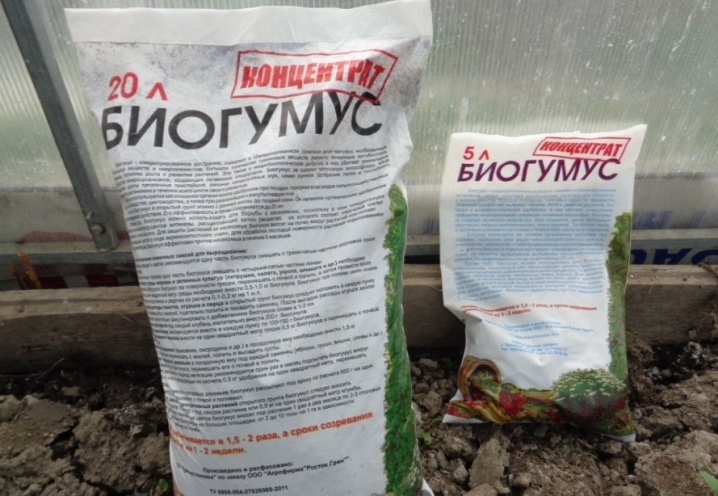
- Humus - This is manure known to all, and it takes several years to fully decompose. The smell of fresh, freshly dug earth emanates from him. Humus is to the liking of horticultural crops. The holes are filled with this fertilizer before planting seedlings. However, the amount of humus in its composition is much less, which means that the planted plants will have to be additionally fed.

- Humate, in turn, is already in the base of vermicompost, being its concentrate. In simple words, this is the foundation for the biochemical processes taking place in the soil.The desire of modern gardeners to stock up on a large amount of humate is explained by the desire to grow an environmentally friendly crop. That is why it is actively used in the EU countries and in the USA. The elements present in the humate have a wide spectrum of action, supplying plants with nutrition and protecting them from heavy metals. In general, humate is the foundation of biohumus, which is responsible for the rapidity of growth and proper nutrition of plantings.
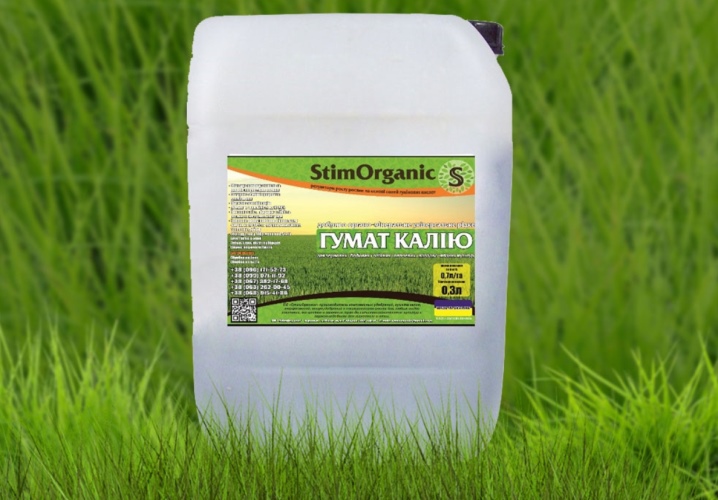
Instructions for use
Once in the country, each person has a lot of trouble associated with the garden and garden plantings. Some plants need to be fertilized, others need to be lightly fed. And to help in this matter will help a universal top dressing-fertilizer.
Vermicompost can be used to feed any plants. However, there is some caveat: it is best to use compost outdoors. Despite its positive properties, this fertilizer is not very suitable for ornamental plantings. The soil fed by it becomes the epicenter of the appearance and spread of midges, which are very difficult to expel from the house.
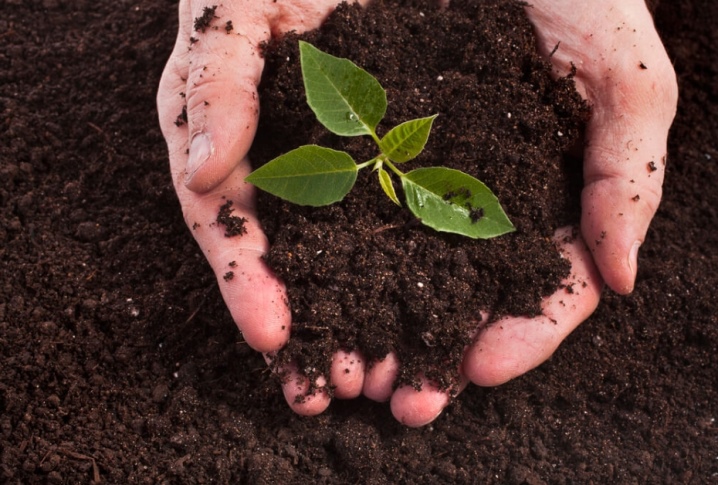
If, nevertheless, it is necessary to introduce vermicompost into pots with decorative flowers or bushes, it is best to use this fertilizer in a liquid consistency, but not more often than one feeding in several months.
In general, vermicompost should be used from the arrival of spring to the end of autumn. It is very convenient to introduce it into the ground when digging up the earth, or to fill the holes with it before planting seedlings.
When fertilizing outdoor plantings, you can use vermicompost in any consistency. The granular form of fertilizer is easily embedded in the soil, and the infusion mixed with water is easily poured into the desired area. However, it is important to consider the application rates. To make the correct composition, you must carefully study the instructions for use and only then start using. Do not forget that each individual plant requires an individual approach to fertilization with vermicompost.
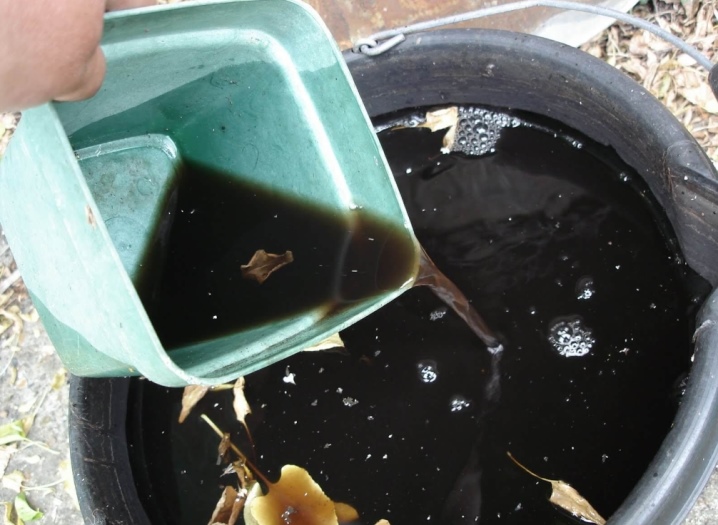
For seedlings
Proper nutrition and feeding with useful microelements are important steps in caring for young plantings. But it is much more important to start preparing for planting the future harvest by soaking the seeds.
First of all, you need to prepare the solution. To do this, take no more than 40 grams of dry vermicompost and dissolve in 1 liter of water, preferably at room temperature. After dissolving, the infusion should be set aside for a day and the next day to start soaking.
The duration of keeping the seeds in the solution depends entirely on their type and size. For example, carrot seeds should be soaked for no more than 2 hours, and cucumber seeds should be in the infusion for 12 hours. It is preferable to keep the seeds of zucchini in the infusion of vermicompost for a day. With this preparation, the percentage of planting germination increases.
During the cultivation of seedlings, it is necessary to regularly fill the soil with vermicompost infusion. And do not worry that an overabundance of useful components will negatively affect the health of the plantings.
By the way, when planting seedlings in the garden, you can use several methods of introducing vermicompost. The first involves moistening the hole, and the second is adding dry fertilizer.

For flowers
The land used for growing indoor plants does not, in principle, require frequent fertilization. Vermicompost in this case can be used once every 2-3 months. Its amount should not exceed 3 teaspoons.
If the plant pot is large, it is advisable to mix granulated vermicompost with soil. But it is best to use the infusion in liquid form.
When diluting vermicompost, the proportions should be strictly adhered to. A glass of dry fertilizer should be diluted with 5 liters of water. The liquid should be at room temperature or slightly cooler. The solution must be thoroughly mixed for several minutes until the fertilizer is completely dissolved.After the tincture is ready, the diluted vermicompost should be left in a warm room for a day.
Observing the presented proportions, it will be possible to extend the flowering process of indoor plants, increase the number of flowers and, in general, accelerate the growth of ornamental plantings.
Vermicompost helps to reduce the possible occurrence of stress. But flowers begin to feel discomfort even after transplantation.
Many growers have noticed that this unique fertilizer allows you to increase the number of flowers, gives them a brighter color and expressiveness. The leaves on the stem become more saturated, take on the color corresponding to the plant. And the most interesting thing is that home flowers have a pleasant smell.

For vegetables
Modern gardeners do not fully understand how you can grow a good harvest without using vermicompost. Moreover, the use of this fertilizer implies a reduction in additional planting care. However, when introducing vermicompost into garden plants, it is necessary to adhere to clear proportions, because each garden crop requires an individual approach. For example, when planting tomatoes, cucumbers, peppers and eggplants, you can use both dry and liquid concentrates. At the same time, the amount of dry vermicompost should not exceed 2 handfuls in the hand, and the liquid concentrate should be diluted in a ratio of 1: 50. No more than 1 liter of infusion is supposed to be poured into each separate hole. Fertilization of potatoes follows a similar scheme.
The process of mulching cucumber beds with dry vermicompost has much in common with mulching with compost. But at the same time, the amount of vermicompost should not exceed 2 cm.

For fruit trees
As mentioned earlier, vermicompost can be used as a fertilizer for garden and horticultural crops. Accordingly, it is impossible to ignore fruit trees. For each individual plant, its own formula for the amount of fertilizer is calculated. When it comes to seedlings, it is necessary to pour 2 kg of vermicompost, previously mixed with soil, into the hole. Do not worry that there will be a lot of this amount. Vermicompost is a harmless fertilizer for any plants, so exceeding the norms indicated on the package will not affect the health of fruit plantings in any way.
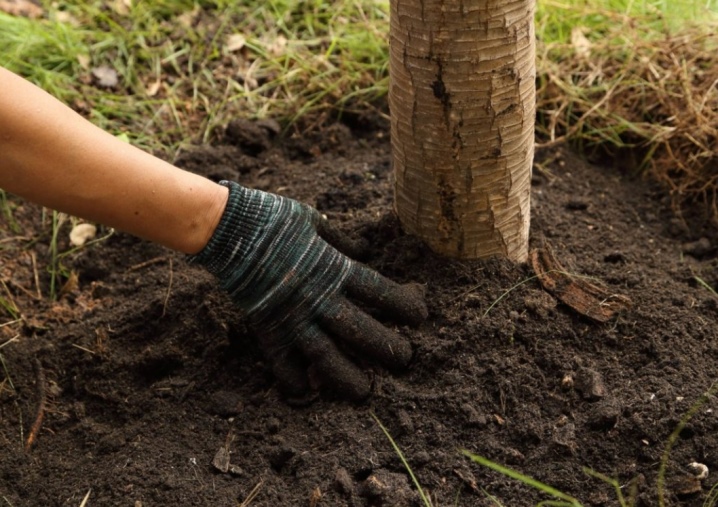
Review of reviews of summer residents
Of course, no one can require a gardener to forget about the use of compost pits and humate forever. However, those who have tried vermicompost at least once recommend that all friends and acquaintances forget about the old folk methods of feeding.
Yes, vermicompost is much easier to buy in a store, the cost of 1 bag or liquid concentrate will not hit a summer resident's pocket in any way. And those gardeners who have already tried the purchased vermicompost more than once prefer this self-made fertilizer. Moreover, the process of its sealing cannot be called complicated.
Well, and the most remarkable thing: gardeners and gardeners who switched to the use of vermicompost receive two or even three times more harvest than neighbors using compost or humus.
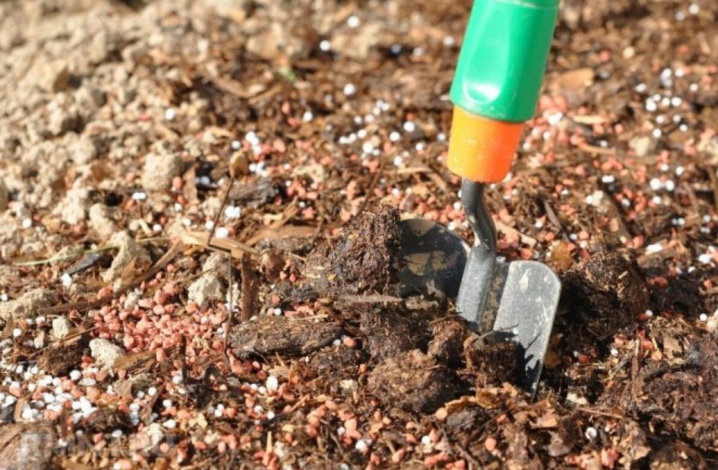
See the video below for the benefits of vermicompost.













The comment was sent successfully.